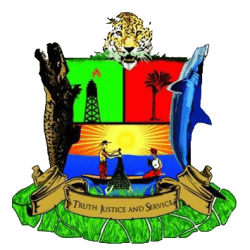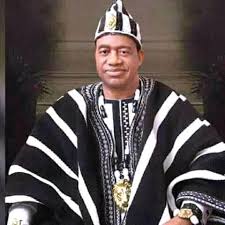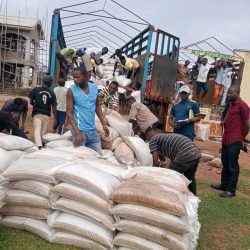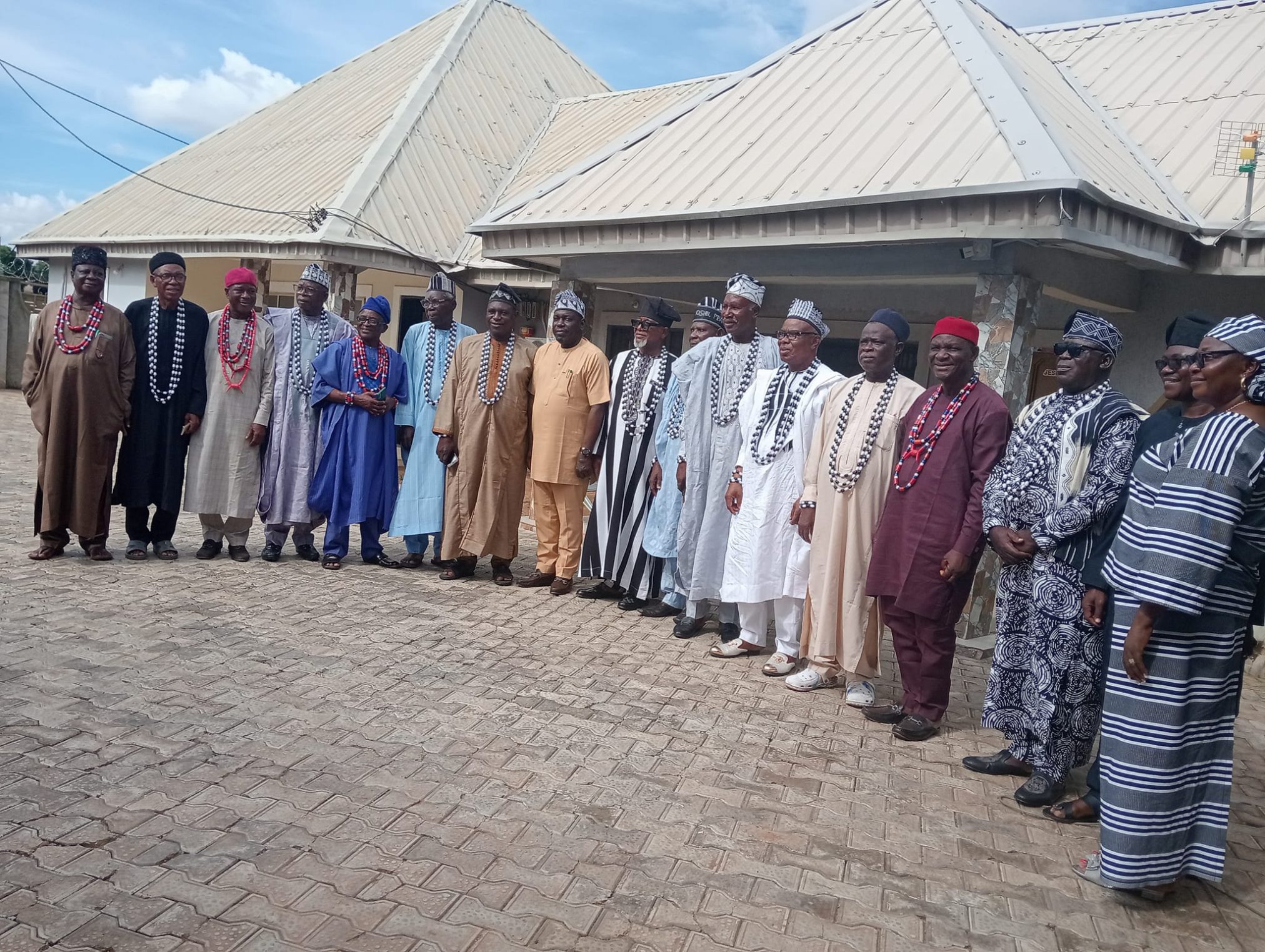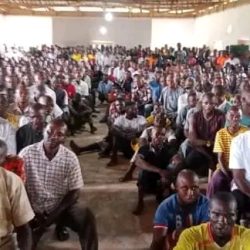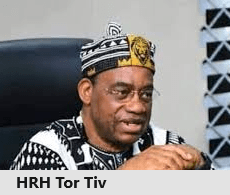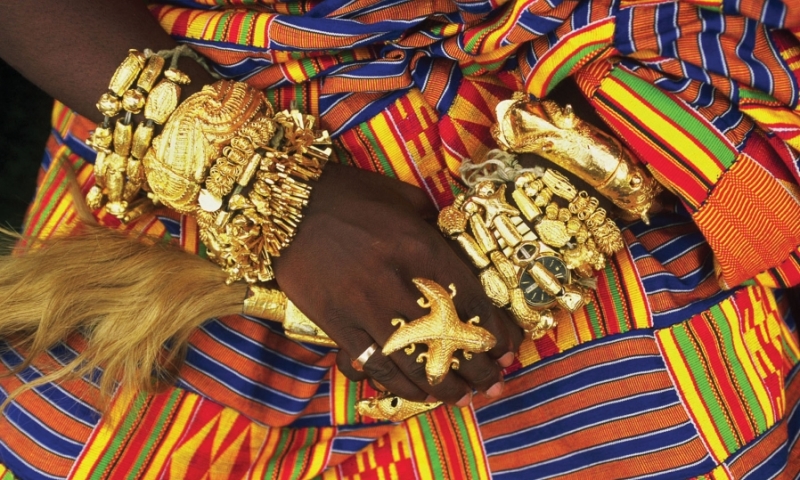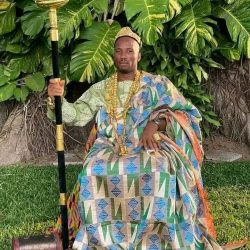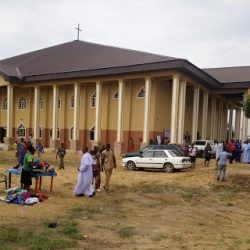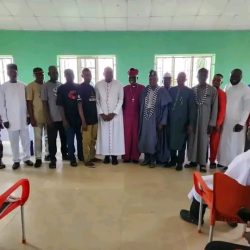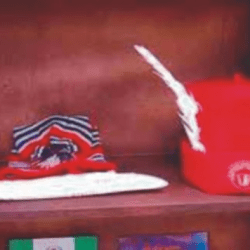Name, title, area and position of Bayelsa third class traditional rulers
| SN | NAME | TITLE, AREA |
| 1 | HH PRINCEWILL CONSUL-OLUKU | AMADAOWEI OF EREWEIBIE |
| 2 | HH CADBURY GEORGE OMIE | AMANYANABO OD ODIMA |
| 3 | HH JAMES OLIVER OWEIFIE | ISAMO OF ISAMPOU |
| 4 | HH JAMES WALTER (XIV) | ANYA OF AYAMASA |
| 5 | HH EMMANUEL K. EBIASUODEI | AMANANAOWEI OF OBRIGBENE |
| 6 | HH FRED OGELE | ABAYAI OF NDORO |
| 7 | HH KEREOTU KONBOYE | TAMODIOWEI OF TAMOGBENE |
| 8 | HH PERE FRANCIS AZUZU J. | PERE OF KOU |
| 9 | HH MACCARTHY MACPHERSON WODAOWEI | OPUDANI OF OKOLOBA |
| 10 | BOKUBO ORUKARI (JP) CALA X | AMANANAOWEI OF SABAGREIA |
| 11 | HH GBANRABIRI SEIDESIEGHA SAMPITAS | AMATUGU OF IGBEDI |
| 12 | HH WALSON KOSUOWEI | AMANANAOWEI OF GBARAMA |
| 13 | HH J. B. KOMONIBO | AMANANAOWEI OF ODI |
| 14 | HH ERIC G. ALAGOA | AMANYANABO OF TEREKE |
| 15 | HH FELIC EBUTU ABOKO IGBONIWARI (XVI) JP | OLILAMA OF IDEMA |
| 16 | HH EBUESI IBEGHA | OBANEMA OF EMEYAL |
| 17 | HH AZEZA NEVILLE EKADI | AMANANAOWEI OF AGBERE |
| 18 | HH ALEX YOUBOGHA | AMANANAOWEI OF ANGALABIRI |
| 19 | HH S. A. ESEIMOKUMOH | AMANANAOWEI OF EBEDEBIRI |
| 20 | HH A. A. OFONIBENGHA | AMANANAOWEI OF ASAMABIRI |
| 21 | HH W. S. DIFA | AMANANAOWEI OF ADAGBABIRI |
| 22 | HH PORBINAFA AMOS | AMANANAOWEI OF TUNGBO |
| 23 | HH N. A. OUMA TEBE OPU VI | AMANANAOWEI OF OPUAMA |
| 24 | HH (WING CDR) CLIFFORD MANGIRI (RTC) | AMANANAOWEI OF OLUGBOBIRI |
| 25 | HH J. T. C. LEGHEMO | AMANANAOWEI OF KOLUAMA I |
| 26 | HH E. G. OJOGBO (AGADNGBA III) | AMANANAOWEI OF GBARAUN |
| 27 | HH A. THANASONS AKENI ALLISON BEINGHE III | FURU OF FOROPA |
| 28 | HH PROFIT NICHOLAS DOUGLAS (OBORO V) | AMANANAOWEI OF OWEIKOROGHA |
| 29 | HH JUDEA JUBA TEI SUKURUOWEI | AMANANAOWEI OF OKOLOBA |
| 30 | HH BENJAMIN NEWYEAR SAIYOU WEKE | AMANANAOWEI OF GBARANTORU |
| 31 | HH CHRISTIAN ATARI OTOBOTEKERE OKUN IX | AMANANAOWEI OF TOMBIA |
| 32 | HH SIR TIMIEBI JOHN R. OKARA | AMANANAOWEI OF BOMOUNDI |
| 33 | HH A. A. KPUN | AMANANAOWEI OF IKIBIRI |
| 34 | HH GODWIN NABARA SIMEON | ODA-APIRI OSUSU EPIE |
| 35 | HH WISDOM FRANKLIN | OBENIAKEN AGUDAMA |
| 36 | HH ANDERSON J. OLOMU | EBE OTUBO ATISSA |
| 37 | HH E. N. DAUFA | EBENEKEN OF AGBURA |
| 38 | HH JOSIAH OVOUH | EBENEKEN OF YENEBENELI |
| 39 | HH (DR.) D.C. DOUGLAS | OGU OF OGUAMA |
| 40 | HH AUDITOR ONAKPODOR | AMANANAOWEI OF OFONI |
| 41 | HH DIEPREYE A. PETERS | EBENI SISIBA ATISSA |
| 42 | HH L. T. LOTT | EBENEKEN OF FAMGBE |
| 43 | HH THOMAS S. OGORI | ODA-APIRI OSUSU EPIE |
| 44 | HH SNOWELL CLEMENT OSAGIE | EBENENEKEN OF IGBOGENE |
| 45 | HH OMONIBO CHRISTOPHER | OBANEMA OF OTUASEGA |
| 46 | HH E. SOPANA | OBANEMA ANYAMA |
| 47 | HH EKENI AKINI | AMANYANABO OF SABATORU |
| 48 | HH A. A. W. DEGI | IBEYANAOWEI OF IKENISI-IBE |
| 49 | HH J. C. EGBA | OBANEMA OF OLOIBIRI |
Bayelsa
Bayelsa is a state in Nigeria. It is located in the southern part of the country.

Created on October 1st 1996 from the old Rivers State, it’s bounded to the east by Rivers State and west by Delta State, the beautiful waters of the Atlantic Ocean dominates its southern borders.




It has the longest coastline in the West African sub-region making the State a tourists destination.

Bayelsa State consists of 8 Local Government Areas:
- Brass
- Ekeremor
- Kolokuma/Opokuma
- Nembe
- Ogbia
- Sagbama
- Southern Ijaw
- Yenagoa


The name Bayelsa is derived from a combination of acronyms of three Local Government Areas within its confines: Brass LGA (BALGA), Yenagoa LGA (YELGA), and Sagbama LGA (SALGA). The state is made up of 8 Local Government Areas; they are Ekeremor, Kolokuma Opokuma, Yenagoa, Nembe, Ogbia, Sagbama, Brass and Southern Ijaw.
The beautiful city of Yenagoa serves as the Capital City which plays host to most of the Government and private institutions.


The four main languages spoken are Izon, Nembe, Ogbia and Epie-Atissa. Like the rest of Nigeria, English is the official language.

Bayelsa State has one of the largest crude oil and natural gas deposits in Nigeria. Bayelsa is often described as the cradle of Ijaw culture and tradition because of its rich culture and tradition that dates back to so many centuries.
Fishing is the major occupation of Bayelsa people because of the abundant creeks, lagoons, rivers and swamps within which commercial fishing is practiced. Over 200 species of fish can be found in the waters within and around the state. Fish oil extraction is a common economic activity throughout all the LGAs of the state, and the coastal areas abound in sea foods such as fish, oysters, crabs, lobsters, periwinkle et cetera. There are also sea animals such as Hippopotamus, manatee, crocodile etc. in the seas, rivers and streams that crisscross the state.
Food crops grown in the state include yam, cocoyam, banana, pineapple and plantain. Cash crops grown in the state include coconut, pears, oil palm and raffia palm. The potentialities for the development of these crops to feed local industries are very good. Technologies are being developed to reclaim land from mangrove swamps in order to cultivate food, especially lowland rice and the cash crops identified above on a large, commercial scale.
Location: Bayelsa is geographically located approximately within Latitude 4°15 North at the Southern part & 5°23 North at the Northern limit and Longitude 5°22 East at the Western part & 6°45 East at the actual Eastern limit. It is bordered by Delta State to the West, Rivers State to the East, the Atlantic Ocean to the South and both Rivers and Delta States to the North.
Geology: Domiciled within the lower delta plain believed to have been formed during the Holocene of the quaternary period by the accumulation of sedimentary deposits. The major geological characteristic of the state is sedimentary alluvium.
Soils: The major soil types in the state are young and shallow,(inceptisol Aquepts) and acid sulphate soils (Sulphaquepts). There are variations in the soils, some soil types occupy extensive areas whereas others are of limited extent. However, based on physio graphic differences, several soil units could be identified in the state.
Climate and Vegetation: Rainfall in the State varies in quantity from one area to another. The state experiences equatorial type of climate in the southern the most part and tropical rain towards the northern parts. The average monthly temperature is in the range of 25°C to 31°C. The hottest months are December to April.
Minerals: With the largest crude oil reserve in the Niger Delta of Nigeria, the state produces over 40% of the country’s on-shore crude oil and vast quantities of associated gas. It also has large deposits of clay.
